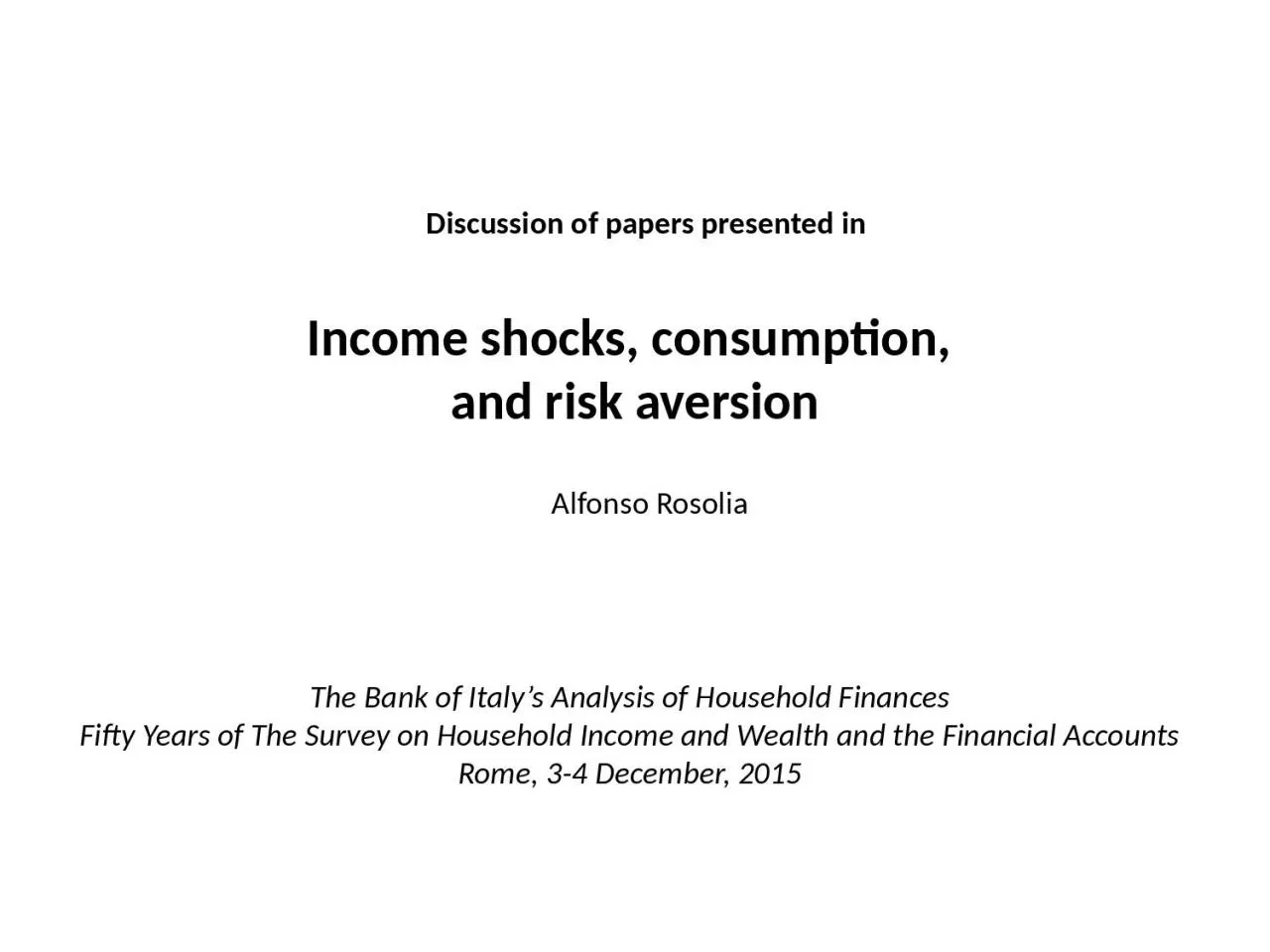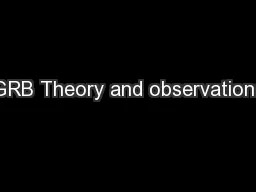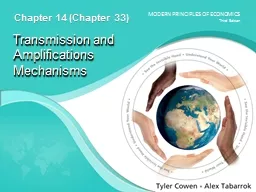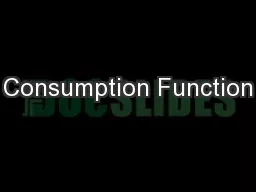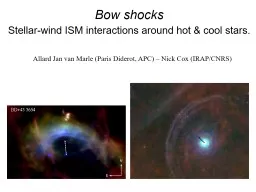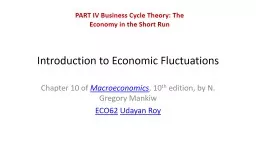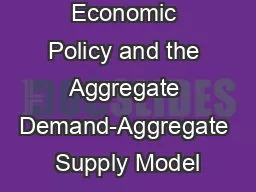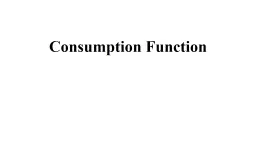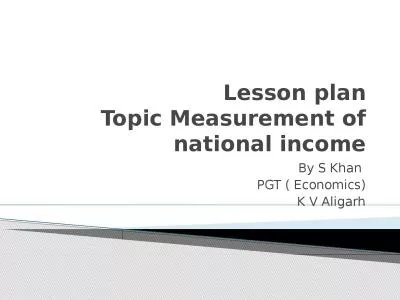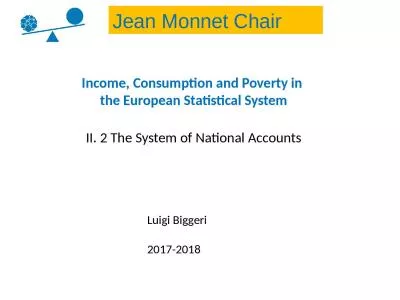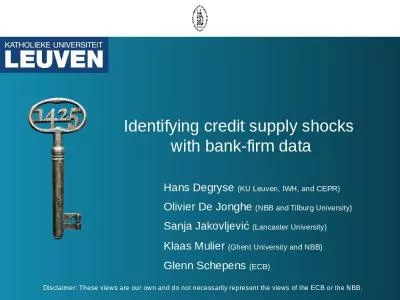PPT-Income shocks, consumption,
Author : julia | Published Date : 2023-11-03
and risk aversion Alfonso Rosolia The Bank of Italys Analysis of Household Finances Fifty Years of The Survey on Household Income and Wealth and the Financial
Presentation Embed Code
Download Presentation
Download Presentation The PPT/PDF document "Income shocks, consumption," is the property of its rightful owner. Permission is granted to download and print the materials on this website for personal, non-commercial use only, and to display it on your personal computer provided you do not modify the materials and that you retain all copyright notices contained in the materials. By downloading content from our website, you accept the terms of this agreement.
Income shocks, consumption,: Transcript
Download Rules Of Document
"Income shocks, consumption,"The content belongs to its owner. You may download and print it for personal use, without modification, and keep all copyright notices. By downloading, you agree to these terms.
Related Documents

